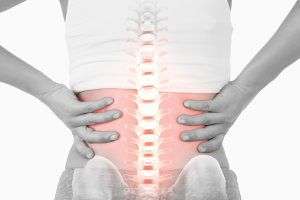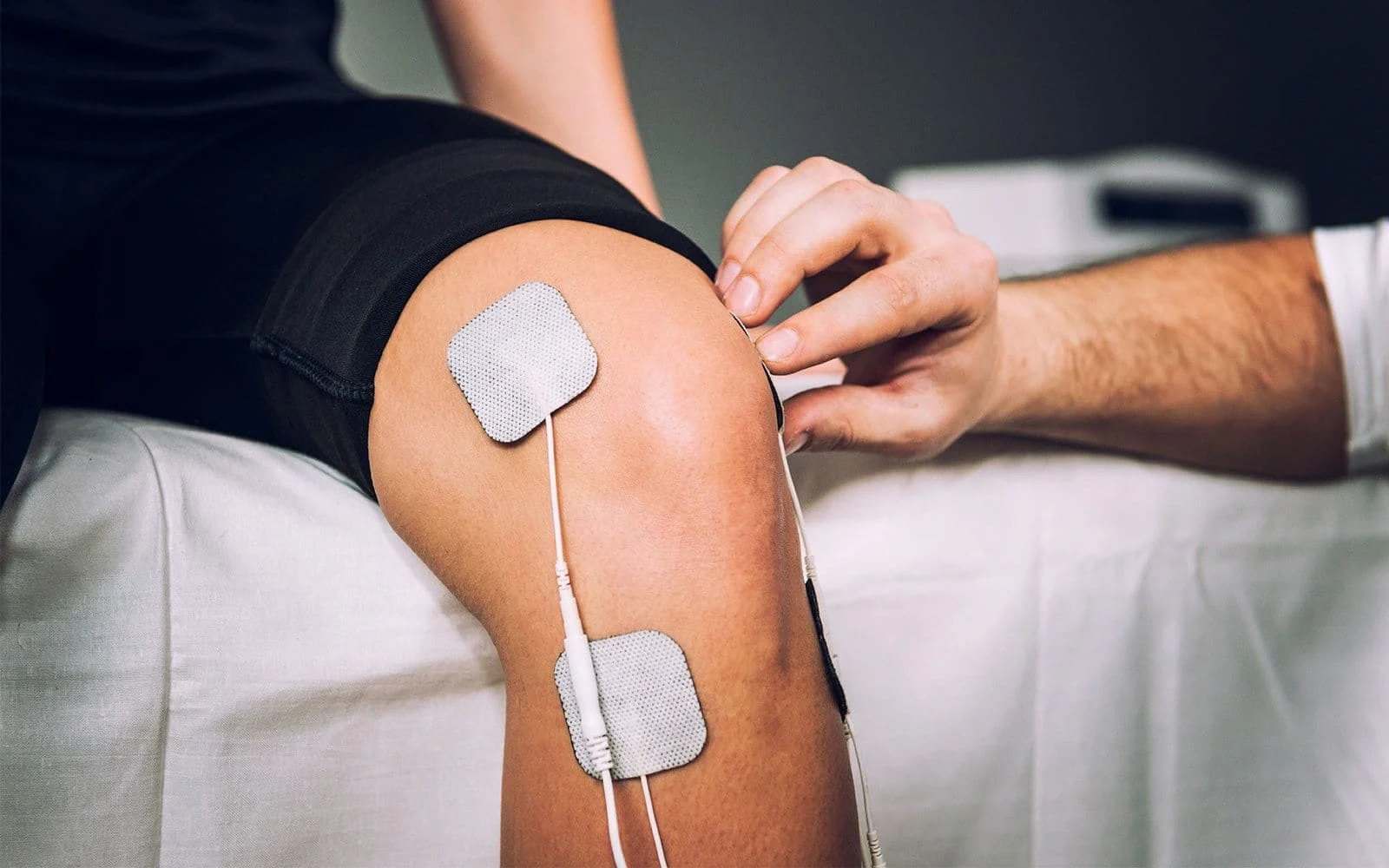Humans appear to be hard-wired for modest levels of anxiety as a fear-arousal warning mechanism. Anxiety may be characterized as uneasiness, fear, worry, and apprehension. Anxiety is a common psychological state in which the basic message is "get away from this situation". The state is usually accompanied
Read moreRequest your appointment today!
Click Here
Vertebral subluxation refers to a set of signs and symptoms that affect the spinal column. Specifically, it is a complex that occurs when the bones of the spine lose their usual position and motion due to chemical imbalances, alcohol, prolonged sitting, trauma or even stress. An automobile accident and improper lifting are just two types of trauma that can cause vertebral subluxation complex, or VSC.
How Does Vertebral Subluxation Complex Affect the Body?
The term “complex” is associated with vertebral subluxation because, as the word suggests, the condition is multifaceted and consists of many elements. This is because VSC is the underlying cause of health care problems. When one or more vertebrae are misplaced or fail to carry out their intended motion, they can disrupt the function of the nervous system. The vertebral bones are designed to contain and guard this system, so interference can lead to pressure on the spinal cord or the nerve roots as they pass out of the spinal column. When VSC presents, a number of things can happen to affect the spine, its related soft tissues, and even the tissues and organs controlled by the affected nerves.
Vertebral Subluxation Complex and Its Five Interrelated Parts
VSC typically has — and is — identified by five major interconnected components, including:
- Spinal kinesiopathology. This component sounds much like vertebral subluxation itself. Here, the bones of the spine have lost their natural motion and position, making it difficult for the patient to turn and bend. It sets the other four components in motion.
- Myopathology. When the muscles sustaining the spine weaken, atrophy or become stiff, they can go into spasm. This can result in scar tissue that changes the muscle tone.
- Neuropathophysiology. If the spine functions improperly, it can obstruct, stretch or agitate nerve tissue. Nerve tissue is delicate. Irritation in these ways can cause nerve system dysfunction and lead to aggravating symptoms elsewhere in the body.
- Histopathology. A patient’s body temperature can rise due to an increase in blood and lymph supplies. This, in turn, can lead to inflammation and swelling, which can then cause discs to protrude, tear, herniate or deteriorate.
- Pathophysiology. This is when abnormal bony growths like bone spurs try to meld faulty spinal joints, leading to decay of the spine, scar tissue and nerve dysfunction.
The articles within this section discuss each of the five components further.
How Chiropractic Treatments Can Help
Your chiropractor will not only detect and minimize VSC, but, once the spinal bones are back in their normal position and have regained their natural function, he or she will try to prevent the problem from recurring. Chiropractic treatments, particularly spinal adjustments, can be used to treat VSC and ward off its associated symptoms.
To find out how chiropractic treatments can be designed to address your particular VSC-related condition, contact your practitioner.
-
Anxiety - Wide-Ranging Health Effects
Category: Newsletter Library, Stress & Anxiety
-
Strong Bones Are Healthy Bones
Category: Newsletter Library, Staying Young
As with the rest of our physical selves, we don't think about our bones until something goes wrong. Bones are just there, under the surface and unseen, normally never taking up space in our conscious thought processes. Trauma, of course, can injure a bone. But in most circumstances a bone bruise or a
Read more -
Forever Young
Category: Newsletter Library, Staying Young
Most of us like to think of ourselves as young: young in heart at least, if not actually young in years. But is it possible to stay "forever young" in terms of health and wellness? Of course, probably no one would want to remain forever young in terms of life experience. Our experiences give us character
Read more -
Decompression
Category: Newsletter Library, Staying Young
Did you know that your spinal column's spongy intervertebral discs (IVDs) comprise 25% of this segmented structure's entire length? Did you know that an adult's spinal column is approximately 24-28 inches in length? A little quick math shows that the total height of your spinal discs is approximately
Read more -
Flourishing
Category: Newsletter Library, Staying Motivated
How do you determine whether your life is going well? Whether you're happy and fulfilled vs. merely going through the paces? Whether you're growing and developing as a person vs. merely expressing more of the same old, same old? In short, when the alarm goes off in the morning does the prospect of a
Read more -
The Best Defense Is a Good Offense
Category: Newsletter Library, Staying Motivated
Whether you live in the United States, Canada, or Western Europe, your health care decision-making is impacted by the type of health insurance available. In the United States, a fee-for-service system implies that you will be paying for some or all of the costs of every service used on your behalf. In
Read more -
Walking as a Lifestyle Choice
Category: Newsletter Library, Staying Motivated
Everyone knows he or she “should” be doing regular exercise, but most people have not exercised in so many years that they don’t know where to begin. As a result, people start and stop various training programs and routines. They join gyms, buy workout clothes, spend hard-earned income, and ultimately
Read more -
Pushing Back the Clock
Category: Newsletter Library, Senior Health
Many people experience lapses in memory as they get older. Every so often, it may become frustratingly difficult or even temporarily impossible to recall a particular word or a specific person's name. A person might commit a phone number to memory and then immediately forget it. Of course, everyone is
Read more -
Built to Last
Category: Newsletter Library, Senior Health
Just like the well-known, best-selling American truck, your body is built to last. But if it's built to last, why do so many people have serious problems with their bodies? If a human body is built to last, why does it seem to break down so easily? The pharmaceutical industry earns billions of dollars
Read more -
Exercising with Your Baby
Category: Newsletter Library, Pregnancy & Parenting
From biking and hiking to walking and jogging, today's parents are keeping fit and bonding with their babies in the process. With an array of products unheard of a generation ago— like baby carriers, joggers and trailers— even the tiniest among us are enjoying the great outdoors. But while these
Read more -
Breakfast of Champions
Category: Newsletter Library, Nutrition & Healthy Eating
We all know we should eat a "good breakfast". Most of us can still hear the voice of our third grade teacher ringing in our ears - "Did everyone eat a good breakfast today?" - the kindly, inquiring tone usually accompanied by a penetrating stare. But as unlikely as it was then that most kids ate a good
Read more -
Five Small Meals
Category: Newsletter Library, Nutrition & Healthy Eating
Plenty of people go through plenty of suffering trying to lose weight. But why does it have to be that way? Surely there's some discipline involved, but the process can actually be empowering and personally fulfilling. Weight loss doesn't need to be about suffering. Losing weight can actually be fun. The
Read more -
Locally Grown, Organically Grown - You Are What You Eat
Category: Newsletter Library, Nutrition & Healthy Eating
There is much wisdom in the saying "you are what you eat", but food today is not the food of yesterday. We need to actually work at getting the amount of nutrients that's going to help keep us healthy and well. Our genetic heritage was not designed for an urban environment. Our digestive systems, for
Read more -
Root Vegetables
Category: Newsletter Library, Nutrition & Healthy Eating
In decades past, very few urban kids had ever even heard of a parsnip, a fennel bulb, or a bunch of kale. In those days, fruit and vegetable consumption typically consisted of apples, bananas, corn, potatoes, peas, and lettuce. Oranges were infrequent and grapefruit was a rarity. Today a veritable cornucopia
Read more -
Above-Down, Inside-Out
Category: Newsletter Library, Mind-Body Connection
"Above-down, inside-out" is a poetic coinage by Dr. B.J. Palmer, one of the founders of the field of chiropractic. "B.J.", as he has been affectionately known by chiropractors for almost 100 years, was describing the inner workings of the brain and spinal cord, the complex nerve system connected to all
Read more -
Are You Connected?
Category: Newsletter Library, Mind-Body Connection
Being connected is very important in our modern world. Could you imagine how you'd feel if you left your cell phone at home? For teenagers, a cell phone is much more than a tool. For teens, cell phones are status symbols, but they also represent a connection to the tribe, a connection to their human
Read more

CONTACT US TODAY
We look forward to hearing from you
Location
Find us on the map
Office Hours
Our Regular Schedule
Monday:
8:00 am-6:00 pm
Tuesday:
8:00 am-12:30 pm
Wednesday:
8:00 am-7:00 pm
Thursday:
Friday:
8:00 am-6:00 pm
Saturday:
Closed
Sunday:
Closed
